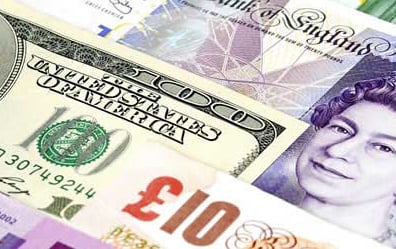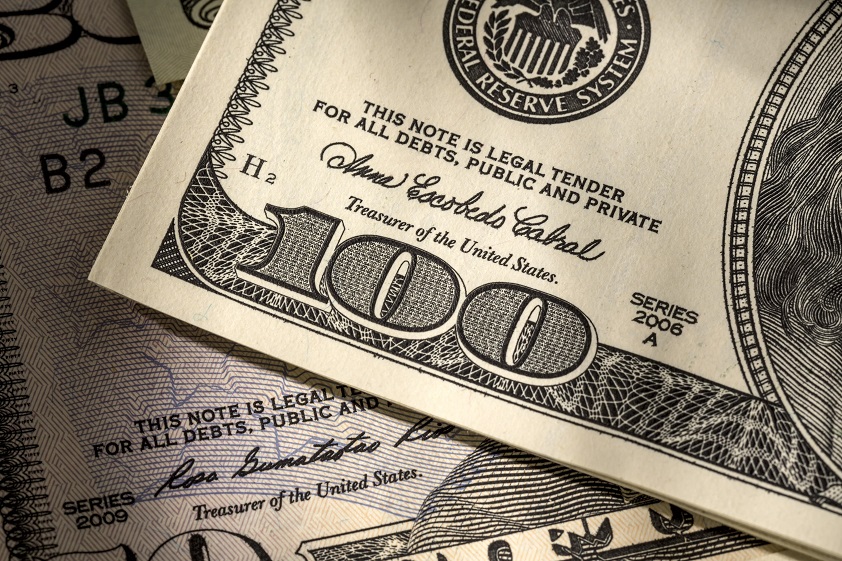It is interesting to see how fast markets shift expectations from close to a zero percent chance of a rate hike in June, to above thirty percent in matter of days. Interest rates speculators have been ignoring the most recent comments from Fed presidents, Rosengren, Williams, and Lockhart, who all suggested that markets are underestimating the central’s bank potential to tighten monetary policy. However, the Fed minutes released yesterday reshaped these expectations.
Although the Fed seemed divided on assessing recent economic developments, April’s minutes clearly opened the door for a June rate hike, as most participants judged that if incoming data was consistent with economic growth picking up in the second quarter, that the Fed is likely to increase rates in the next meeting in June.
The Fed, which does not want to surprise markets, is clearly trying to adjust expectations which had become firmly pessimistic towards further tightening. The immediate reaction to the minutes was a U.S. dollar rally across the board, U.S. bond yields jumping higher, and stocks reversing earlier gains to close lower.
Such a shift still has the potential to lend the dollar further support in the short run. However, with less than a month until June 14-15 Fed meeting, the upcoming core personal consumption release on May 31st and labour data on June3rd are going to be the key numbers to look for to assess whether USD rally still has legs, since the CPI figures are going to be released a day after the Fed meeting.
Advertisement
The Aussie is the worst performing currency across the board today, falling to lowest levels in 10 weeks against the USD. Although unemployment remained at 5.7% and the economy managed to add 10,800 jobs in April, it is about quality not quantity. Full-time employment fell by 9,300 while part time jobs rose 20,200 suggesting that the RBA should be concerned about the quality of the Jobs being added. The report today will not trigger an immediate action from the central bank to lower rates further in June’s meeting, but if further data provided more downside risk to the economy especially if inflation remained subdued, then a rate cut could be on the table and AUDUSD at 0.70 is a potential short term target.
Sterling is trying to hold onto its yesterday’s gains trading close to a 2-week high against the USD. Labour data on Wednesday provided some mixed signals but slightly to the positive side. Employment in the UK has hit another record high, rising by 44,000 the first three months of 2016 and unemployment fell by 2,000. On the other hand, earnings excluding bonus rose by 2.1% in the three months to March, down from 2.2%. However, the pound’s rally was again politically influenced and not economically driven as recent polls from Ipsos-Mori and YouGov showed the in-campaign taking the lead. The pound will continue to be driven by polls but today’s retail sales at 8:30 GMT could cause little volatility.
For more information please visit: ForexTime
Advertisement
Add a comment






